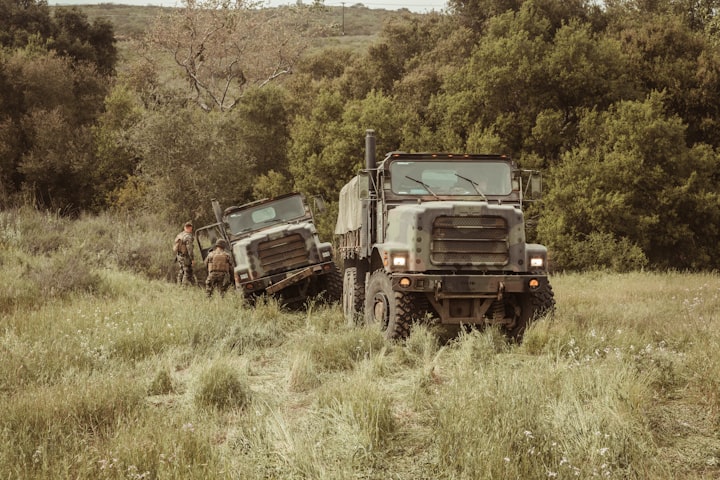During World War II, the Tuskegee Airmen units were a significant force in the United States Army Air Corps. These units were composed of African American pilots who had to overcome racism, discrimination, and low expectations to prove themselves as capable and skilled aviators. Despite the obstacles they faced, the Tuskegee Airmen units became a symbol of excellence and pride, and their contributions to the war effort helped to break down racial barriers in American society.
The Tuskegee Airmen units were created in response to pressure from African American leaders and organizations who wanted to see greater opportunities for black Americans in the military. In 1941, the U.S. Army Air Corps established a training program for black pilots at Tuskegee Army Air Field in Alabama. The program was known as the Tuskegee Airmen Experience, and it aimed to train and equip black pilots to fight in the war.
The Tuskegee Airmen units were unique in several ways. Firstly, they were the first African American aviators in the U.S. armed forces, and they were trained and equipped to fly the P-40 Warhawk, P-39 Airacobra, P-47 Thunderbolt, and P-51 Mustang fighter planes. Secondly, the Tuskegee Airmen units were a segregated unit, which meant that the pilots were all black, and the ground crews were mostly white. This segregation was a reflection of the pervasive racism that existed in American society at the time, and it was a significant challenge for the Tuskegee Airmen units.
Despite the segregation and discrimination they faced, the Tuskegee Airmen units were able to develop a unique culture and set of characteristics that helped them to succeed in battle. One of the most significant characteristics of the Tuskegee Airmen units was their determination and resilience. The pilots knew that they were under scrutiny and that any mistake they made could be used as evidence that black pilots were not capable of flying planes. As a result, they were highly motivated to prove themselves and to excel in their duties. This motivation helped the pilots to overcome the challenges they faced, both in training and in combat.
Another important characteristic of the Tuskegee Airmen units was their discipline and professionalism. The pilots were trained to be highly skilled and precise in their maneuvers, and they were required to maintain a strict code of conduct at all times. This code of conduct included rules about dress, behavior, and respect for authority. The pilots also had to follow strict protocols for takeoff, landing, and in-flight maneuvers. This discipline and professionalism helped to ensure that the Tuskegee Airmen units were well-prepared and effective in combat.
The Tuskegee Airmen units were also known for their teamwork and camaraderie. Because of the segregation that existed in the military, the pilots often had to rely on each other for support and encouragement. This led to a strong sense of community among the Tuskegee Airmen units, and the pilots were known for their willingness to help each other, both in the air and on the ground. This sense of teamwork and camaraderie was essential in combat, where split-second decisions and split-second actions could mean the difference between life and death.
In battle, the Tuskegee Airmen units were used in a variety of roles. One of their primary roles was to provide air cover for bombers on their missions. This involved flying ahead of the bombers and engaging any enemy aircraft that attempted to attack them. The Tuskegee Airmen units were highly effective in this role, and they were credited with helping to significantly reduce the number of bombers lost to enemy fire. The Tuskegee Airmen units were also used for ground attack missions.






Comments
There are no comments for this story
Be the first to respond and start the conversation.